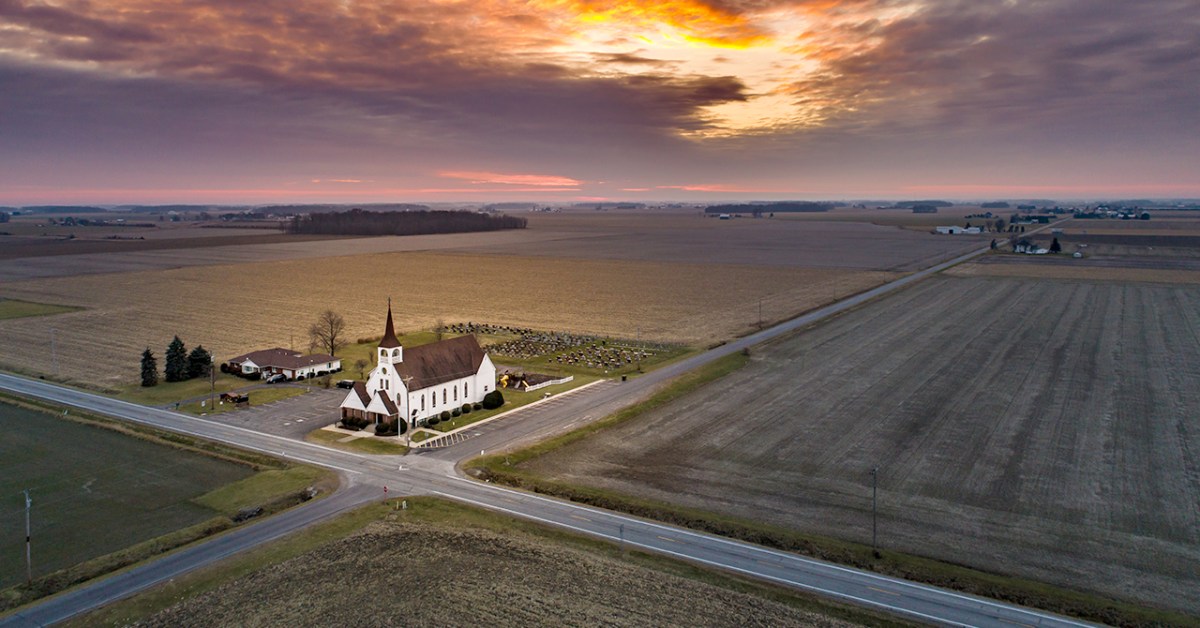Our mother church, the Church of England, received some sobering numbers about their membership. The U.S. is probably a few decades away from Europe with trend lines.
The proportion of people in England and Wales identifying as Christian has fallen below 50 per cent for the first time, according to census data.
Some 46.2 per cent of the population described themselves as Christian on the day of the 2021 census, down from 59.3 per cent a decade earlier, the Office for National Statistics (ONS) said.
This is the first time the proportion has dropped below half.
The percentage of people saying they had no religion jumped from around a quarter in 2011 (25.2%) to over a third in 2021 (37.2%).
In New Hamphire, Christians are 59%. Unaffiliated or “nones” are 36%.
In Mississippi, Christians are 83% Unaffiliated 14%.
We hear from time to time how secular our culture is and how less and less people are attending regular church services – especially in New England.
Question: Does any of this matter? Do we care?
- Pew Research Center released a report in Sept. 2022 (link below), Modeling the Future of Religion in America, on this subject of the decline in people who describe their religious identify as Christian. * In 2020, 64% of Americans were Christian, 30% were religious unaffiliated, and 6% were adherents of non-Christian religions (Jewish, Muslim, Hindu, Buddhist, etc.) * Pew’s projections for 2070 show Christians reducing to between 35% to 54%, those religiously unaffiliated increasing to between 34% to 52%, and non-Christian religions increasing to 13%-15%. * The increase in non-Christian religions is driven by migration patterns, not by people switching from Christian to non-Christian religions. * Pew notes that U.S. may be “following the path taken over the last 50 years by many countries in Western Europe that had overwhelming Christian majorities in the middle of the 20th century and no longer do… While the change in affiliation rates in the U.S. is largely due to people voluntarily leaving religion behind, switching is not the only driver of religious composition change worldwide. For example, differences in fertility rates explain most of the recent religious change in India, while migration has altered the religious composition of many European countries in the last century.” * Lastly, an instructive finding is that Pew estimates that in the U.S. “31% of people raised Christian become unaffiliated between ages 15 to 29, the tumultuous period in which religious switching is concentrated. An additional 7% of people raised Christian become unaffiliated later in life, after the age of 30.” This would suggest that outreach directed at teenagers and those in their twenties, if successful, could have the greatest impact on stemming the declines projected by Pew. https://www.pewresearch.org/religion/2022/09/13/modeling-the-future-of-religion-in-america/
- Randy and Tish,
- Thank you for this detail. Definitely working with teenagers and those in their early 20’s would be fruitful. Another possibility, based on my experience: reach out to those in their 60’s. I attended church - as my parents insisted - through high school. But when I went to college and moved away, I went to church only when visiting my parents. During my working life I had an occasional thought of going to church on some Sundays, but always felt that I had too much else that had to be done. But as I approached retirement, my husband and I said, “no more excuses” and we returned. So I wonder if reaching out to the almost- or just-retired might find returnees.

